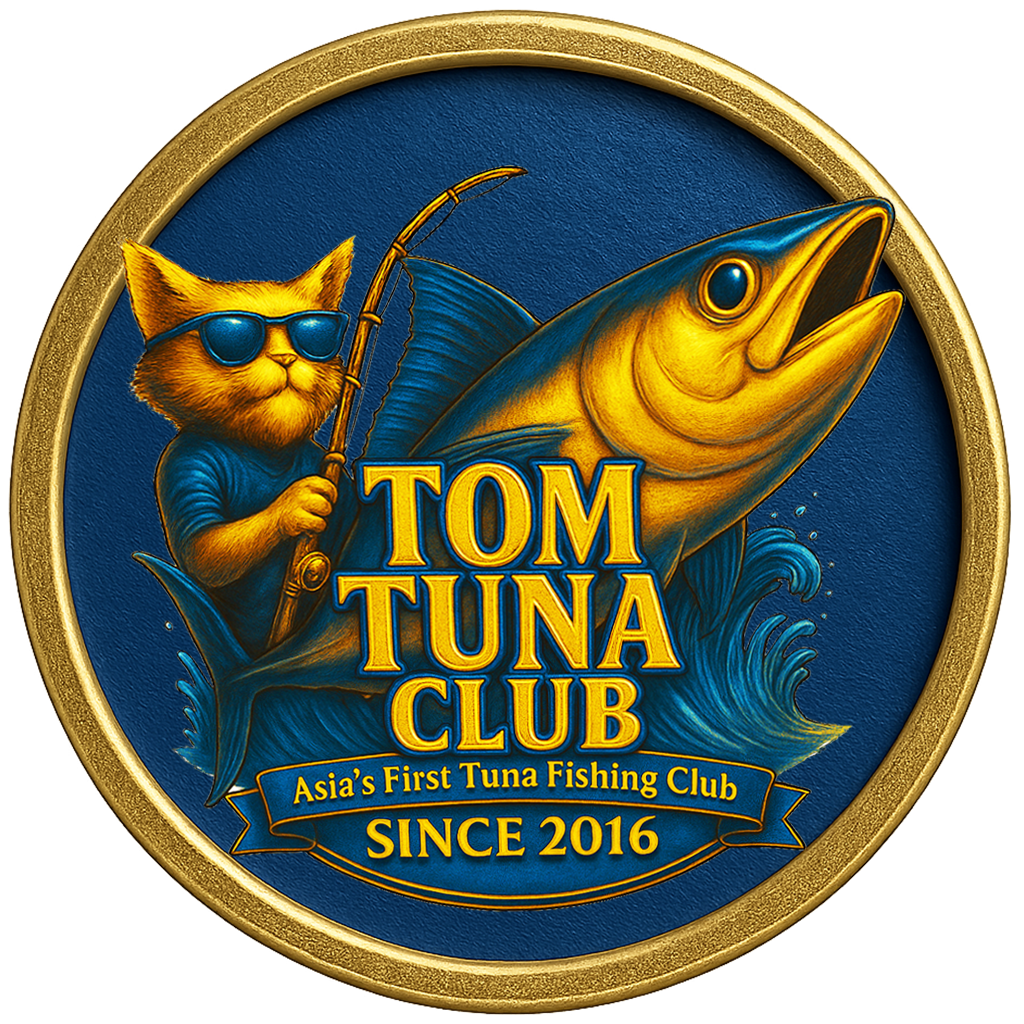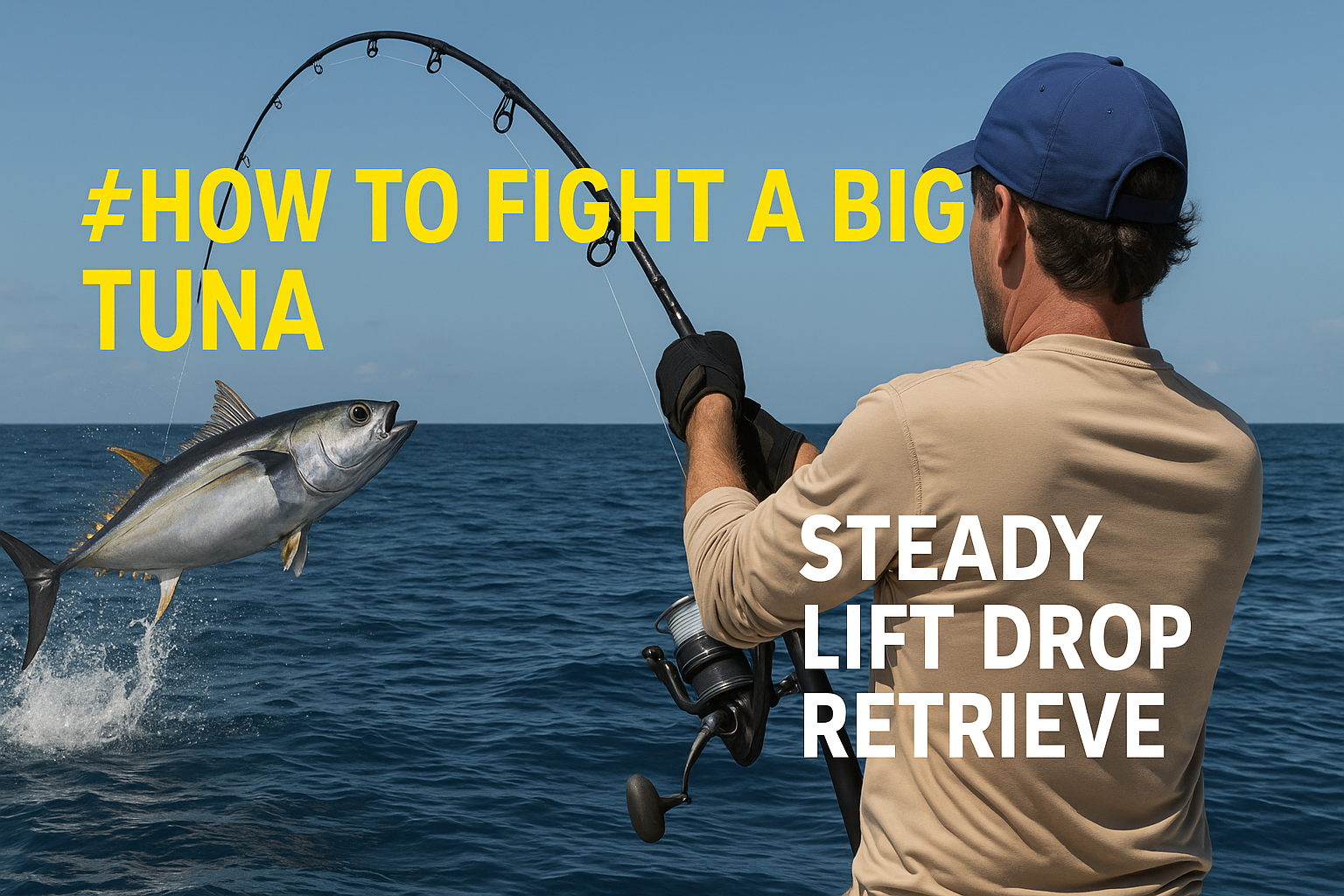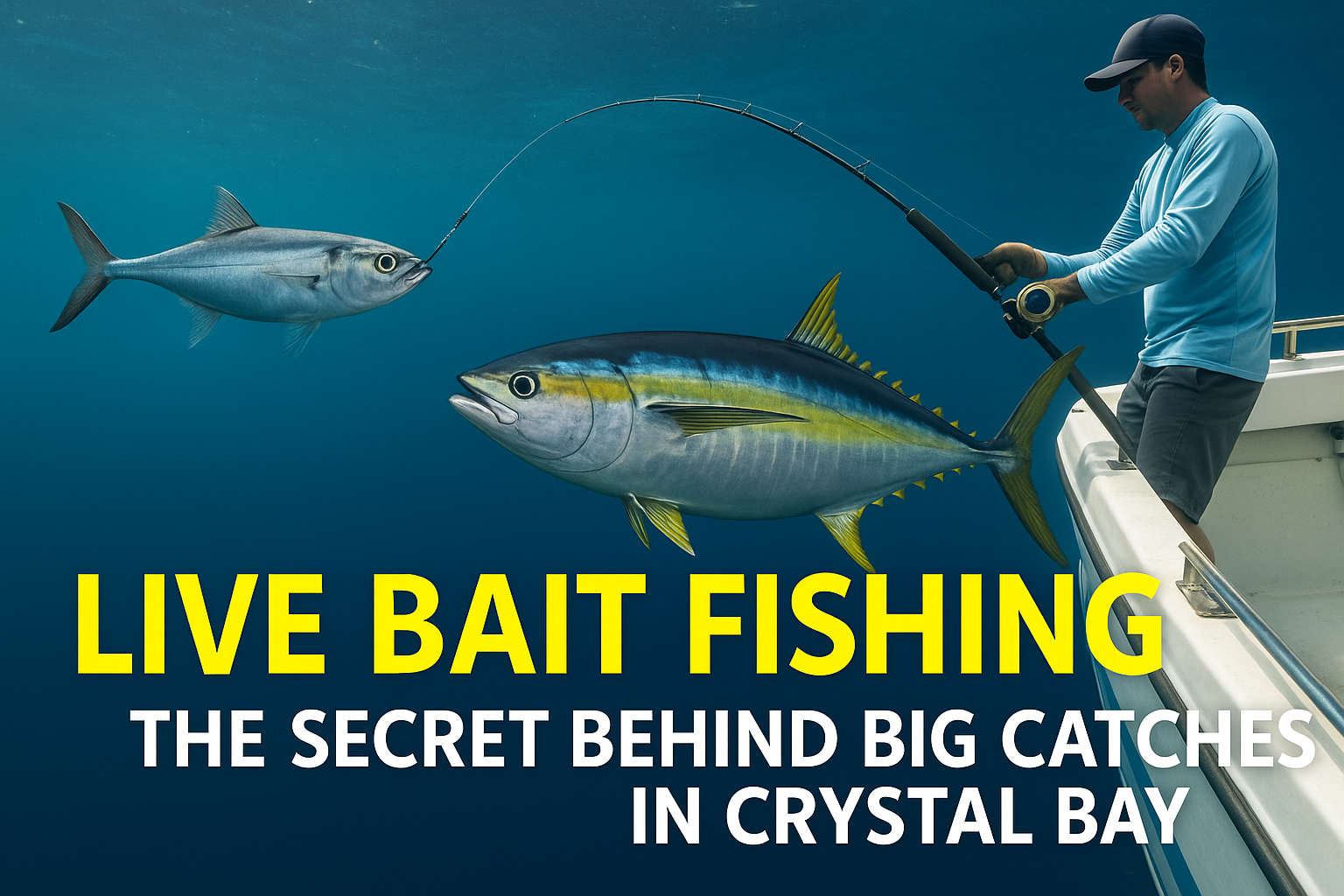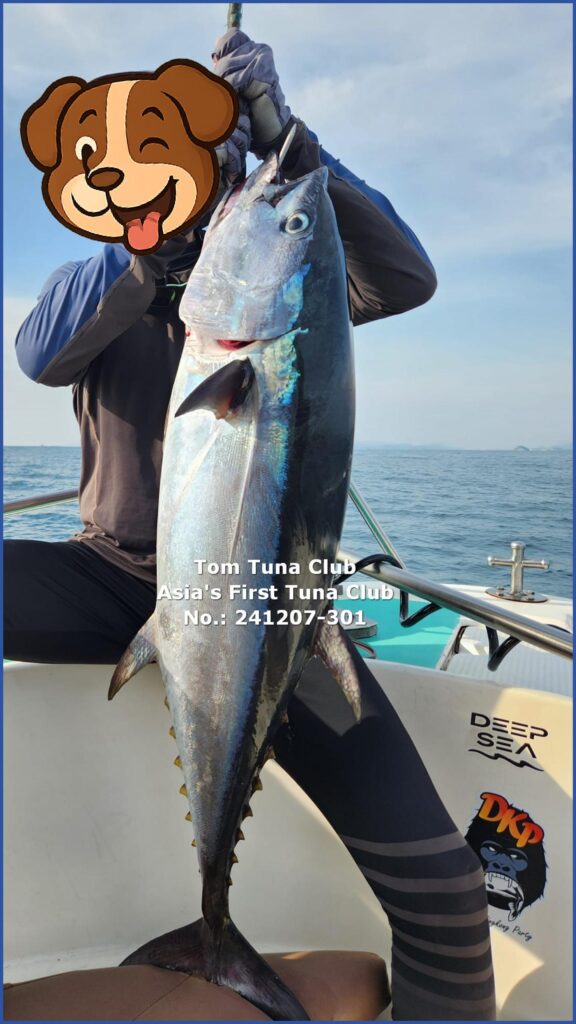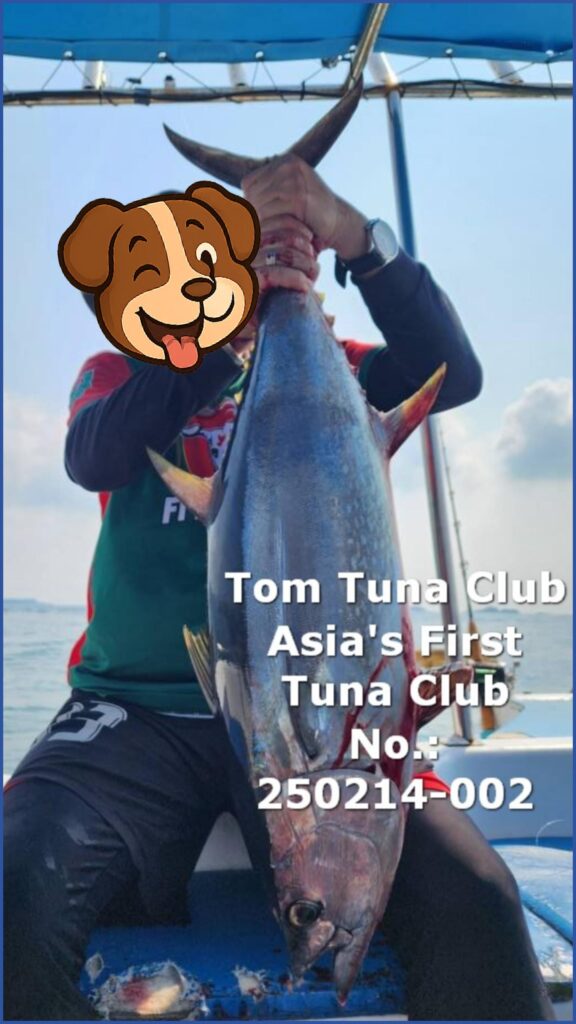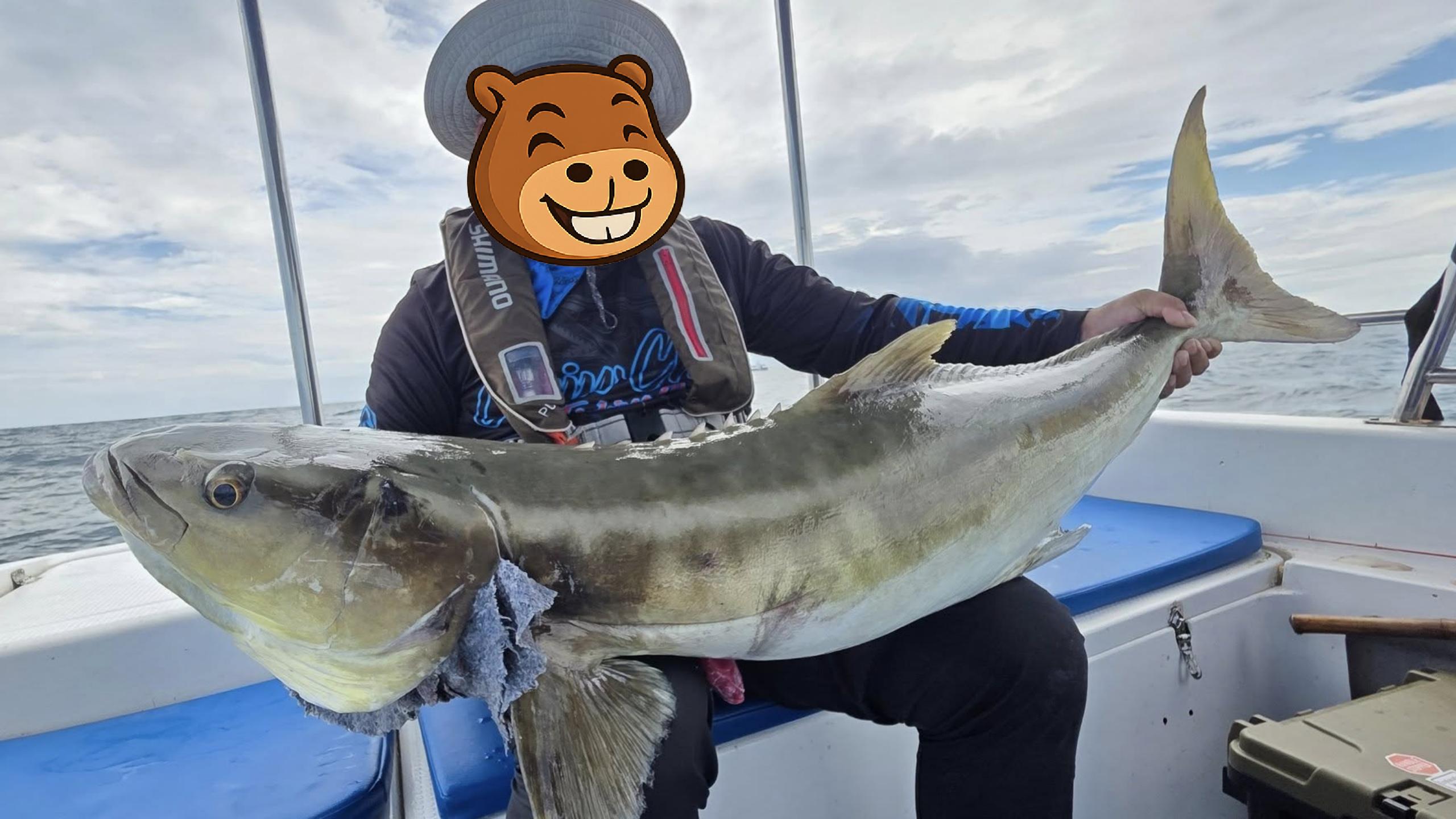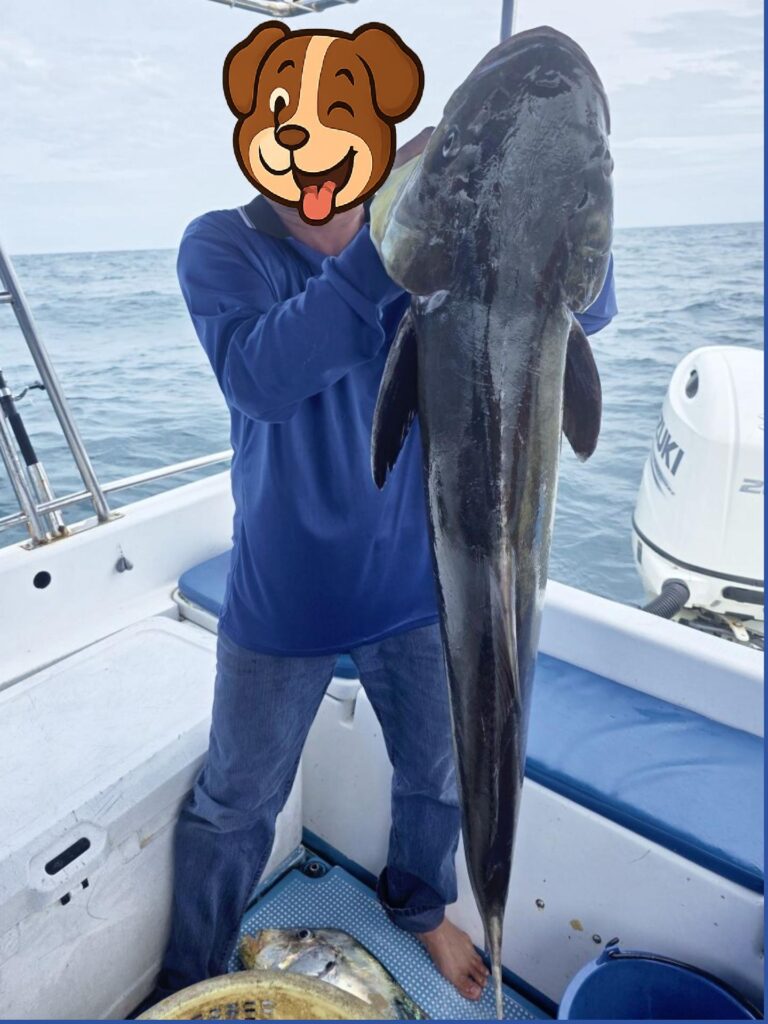Every battle with a big tuna starts with one rule: stay calm and control the rhythm. The secret lies in four repeating steps — Steady, Lift, Drop, Retrieve — a cycle that keeps tension balanced and power efficient.
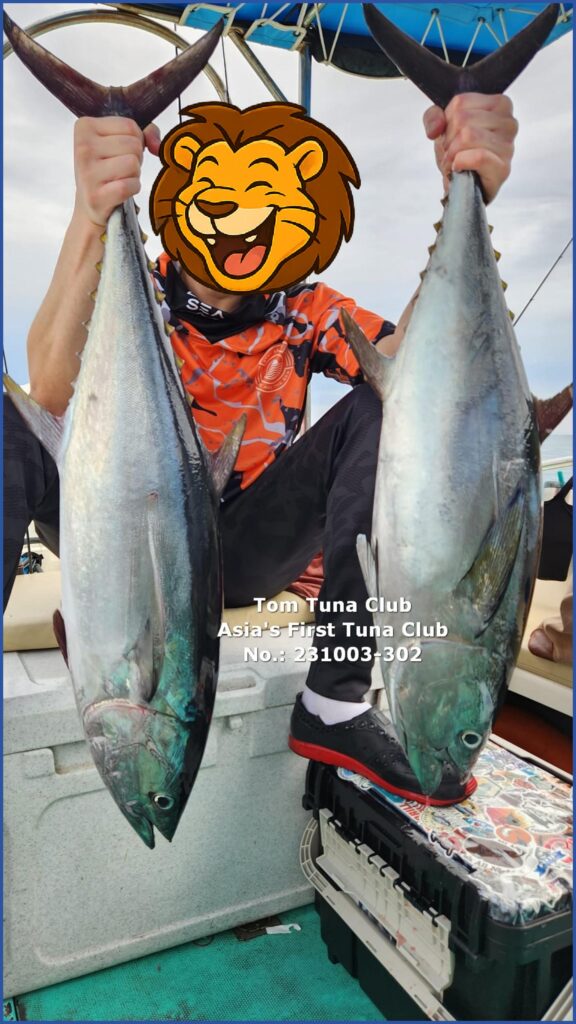
1) Steady – Stay Calm, Feel the Line
When the reel screams, resist the urge to pull hard. Keep the rod steady and hold your position. Let the drag do the work for a few seconds while you find balance. This is the moment to breathe, adjust stance, and sense the fish’s rhythm. The best anglers win the fight before they lift — by staying calm.
2) Lift – Controlled Power, Not Force
Lift slowly from your waist to chest level. Use your legs and body weight, not your arms. Keep a 30–50° rod angle and avoid high‑sticking. Each lift should be smooth, building pressure gradually. You’re not dragging the fish — you’re guiding it.
3) Drop – Let the Rod Unload, Keep Contact
After the lift, lower your rod tip gently while maintaining light tension. This lets the rod spring back and absorb the fish’s power. Never let the line go slack — if it does, the hook may fall out. Imagine the rod breathing with the sea: lift, then release.
4) Retrieve – Reel Down and Reset
As the rod drops, reel down fast to recover line. Keep the pressure constant. When the rod returns to the start position, pause for half a second — that’s your next “Steady.” The sequence becomes a rhythm: Steady → Lift → Drop → Retrieve → Steady.
Repeat this cycle patiently. It’s not brute strength but consistency that lands giants. Most breakoffs happen when anglers skip a step or rush the tempo.
Bonus Tips:
• Keep drag at 25–30% of line rating; loosen slightly when color appears.
• Communicate with the captain and follow his instructions — he reads the sea like a map.
• Move your feet with the fish; don’t fight from one spot.
• Respect the moment when the silver flash appears below — that’s not just victory, it’s harmony with the ocean.
